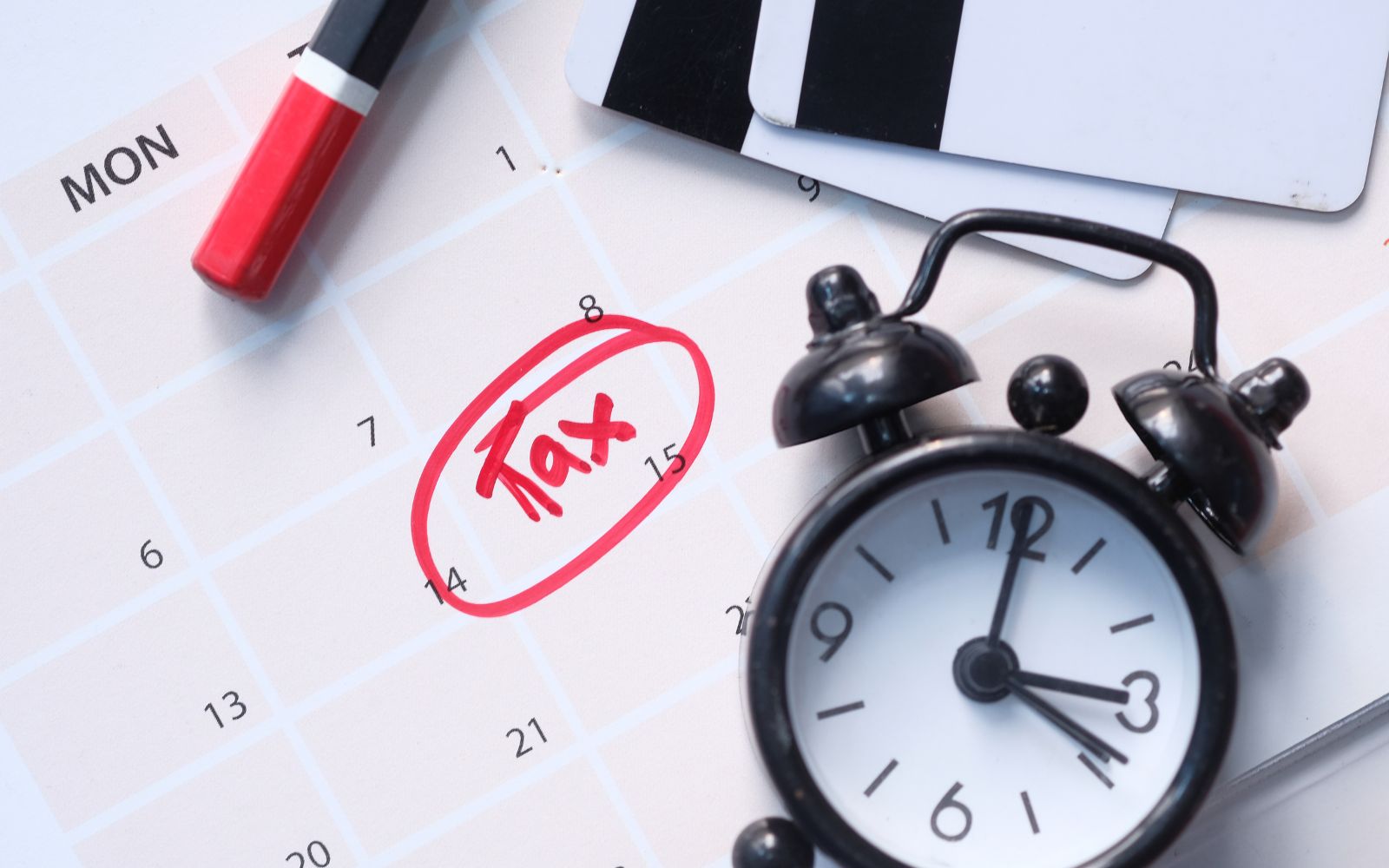Does the order of directors’ loan repayment matter?

Directors’ loans can be very tricky from a tax perspective. Specific tax charges apply where loans to director shareholders of close companies (those under the control of five or fewer shareholders) are not repaid by the corporation tax due date. This is nine months and one day from the end of the accounting period.
Where this is the case, the company is taxed on the outstanding loan balance at that date. The tax rate is the same as the dividend upper rate, which has been set at 33.75% since 6 April 2022.
Avoiding the charge
The tax charge (section 455 tax) can be avoided if the loan is repaid or written off before the corporation tax due date. This can be achieved in a variety of ways, including introducing funds into the company, declaring a dividend or paying a bonus. Dividends and bonuses can either be paid to the director, who can then use the funds to clear the loan, or they can be credited to the director’s loan account to clear the overdrawn balance.
Clearing the loan to avoid the tax charge will not always be the best option. The additional rates of income tax and the additional dividend tax rate are both more than the section 455 tax rate. Further, as paying dividends or a bonus will trigger a tax liability (in the case of a bonus, also a National Insurance liability), it may be necessary for the amount of the dividend or bonus to be more than the outstanding loan balance to provide the director with sufficient funds, both to clear the loan and pay the tax on the dividend or bonus.
A repayable tax
Section 455 tax is unusual in that it is a temporary tax – it becomes repayable nine months and one day after the end of the accounting period in which the loan is repaid.
Changing tax rates
The rate at which section 455 tax is paid is the same as the dividend upper rate at the date the loan was made (rather than the date on which the section 455 tax becomes due). Thus, when the dividend upper rate changes, the section 455 tax rate changes too.
The dividend tax rates were increased by 1.25% from 6 April 2022 pending the introduction of the now-cancelled Health and Social Care Levy.
Although the levy is not going ahead, the dividend tax rates remain at their higher level (as does the section 455 tax rate).
Section 455 tax is charged at:
- 33.75% for loans made on or after 6 April 2022;
- 32.5% for loans made between 6 April 2016 and 5 April 2022; and 25% for loans made before 6 April 2016
All loans are not equal
The date on which the loan was made determines both the section 455 tax payable on the loan, and also the tax that is repaid if the loan is cleared at a later date. Consequently, from a tax planning perspective, the tax rate needs to be taken into account in deciding which loans to clear first. Loans can be cleared in any order.
To maximise tax savings and tax repayments, loans should be cleared in the following order:
- Loans made on or after 6 April 2022 on which section 455 tax has yet to be paid – section 455 is payable at 33.75% on these loans.
- Loans made on or after 6 April 2022 on which section 455 tax has been paid – section 455 tax was paid at 33.75% on these loans.
- Loans made on or after 6 April 2016 and on or before 5 April 2022 – section 455 tax was paid at 32.5% on these loans.
- Loans made before 6 April 2016 – section 455 tax was paid at 25% on these loans.
For example, if a director has two loans outstanding – one made in October 2022 for £10,000 and one made in June 2015 for £10,000, clearing the October 2022 loan first will save section 455 tax of £3,375, whereas clearing the earlier loan will trigger a repayment of only £2,500.
For more examples regarding the best repayment order, please read our previous blog.
The information available on this page is of a general nature and is not intended to provide specific advice to any individuals or entities. We work hard to ensure this information is accurate at the time of publishing, although there is no guarantee that such information is accurate at the time you read this. We recommend individuals and companies seek professional advice on their circumstances and matters.




